The Moon: Everything You Need to Know!
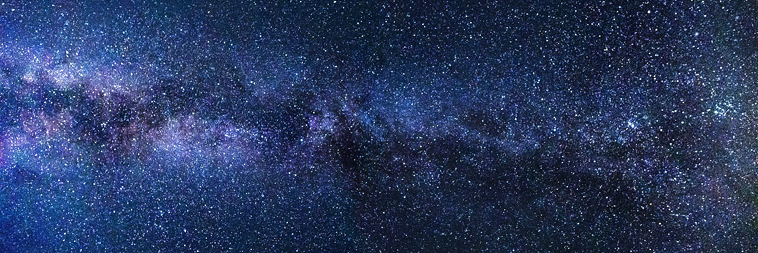
Have you ever gazed up at the Moon and wondered, “How did you come to be?” Well, you’re certainly not alone! In this article, we’ll tell you everything you need to know about our cosmic companion.
The Moon is not just a pretty face in the night sky – it has a fascinating history. We know that it formed around 4.5 billion years ago when, most scientists believe, a large object collided with Earth. Since then, it’s been orbiting our planet at an average distance of about 240,000 miles and has been vital to life on our planet.
The Moon has been an integral part of human culture for thousands of years, playing a role in religious rituals and ceremonies, as well as inspiring art and music. It has also been a fascinating scientific topic of study, with astronomers collecting data about its composition and structure since Galileo first pointed his telescope at it in 1609. However, the Moon’s influence on Earth goes beyond its beauty and scientific value. Its gravitational pull creates tides that affect our oceans, while its light helps regulate the circadian rhythms of many animals, including humans.
In this article, we’ll discuss the characteristics and features of the Moon, the history of human visits, and the future potential for mining operations and even colonisation. We’ll also explore some of the myths and superstitions surrounding our beloved cosmic companion.
We hope that by reading this article, you will gain a better understanding of one of our oldest friends in space. So come along for the journey, and let’s uncover the Moon’s mysteries together!
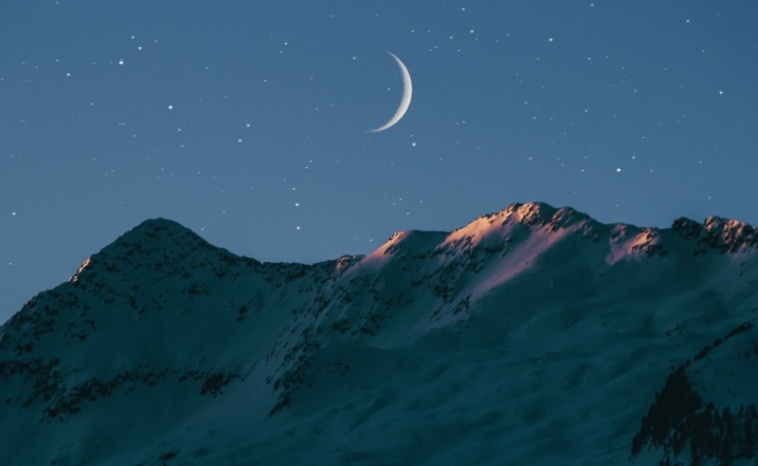
How Did the Moon Form?
The enigmatic beauty of our Moon has entranced scientists for centuries. Yet, its origin remained mysterious until the remarkable theory of Theia’s catastrophic impact with Earth was proposed. Picture this: about 4.5 billion years ago, a rogue planetesimal named Theia, roughly the size of Mars, hurtled into Earth with an unimaginable force. The monumental collision released a tumultuous cloud of debris into space, eventually merging under gravity’s unwavering hand to form our satellite, the Moon. This theory is dubbed the ‘Giant Impact Hypothesis’. Lunar rocks, notably similar to Earth’s mantle in composition, and the Moon’s surprisingly small iron core are compelling testimonies of this catastrophic event. So, the next time you gaze at the Moon, remember it’s not only a pretty face in the night sky but also evidence of the dramatic and violent nature of our universe’s past.
How Big Is the Moon?
The Moon may seem relatively insignificant compared to the Earth, yet it’s the fifth largest moon in our solar system. It boasts a diameter of approximately 3,474 kilometres, roughly 27% of Earth’s diameter. In simpler terms, you could fit nearly 50 Moons within the Earth’s breadth. This makes our Moon quite the heavyweight in the lunar world, and it’s a sight to behold, especially on a clear night striding majestically across the sky. So, even though it may not be the largest celestial body, the Moon certainly takes the crown when it comes to charm and character.
What Is the Moon Made of?
BasitSangah, CC BY-SA 3.0, via Wikimedia Commons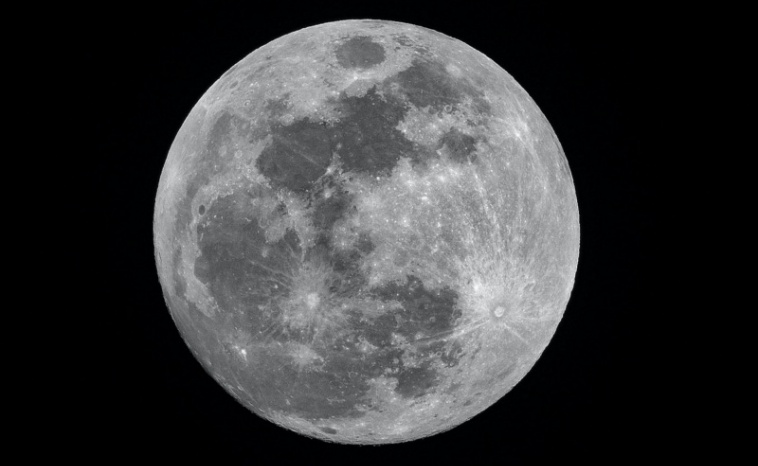
The Moon’s surface is dotted with craters, valleys, and mountains, a result of countless meteor impacts it has weathered over the years. The lunar crust varies in thickness across the surface and is primarily made up of oxygen, silicon, and other elements like aluminium, iron, and magnesium. Furthermore, the dark patches we observe from Earth are plains of basalt, formed from solidified lava.
Beneath the crust lies the mantle, which, much like that of Earth, composes of minerals that are capable of withstanding extreme temperatures and pressures. The lunar core, though small and iron-rich, is considerably less dense than Earth’s.
Craters, Seas, and Mountains
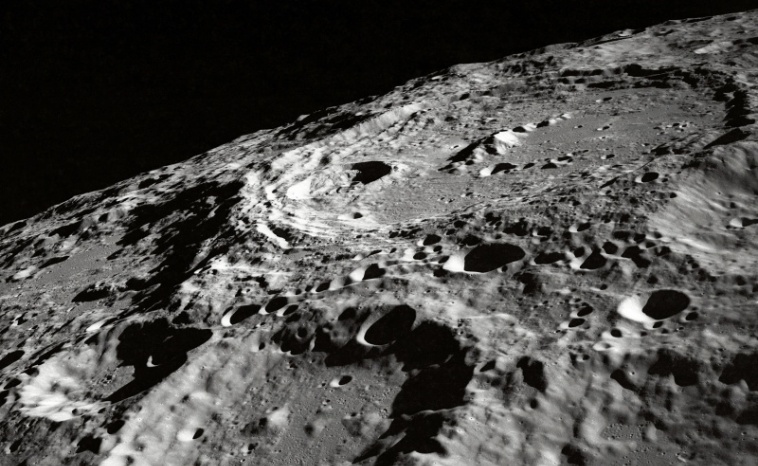
The Moon’s captivating craters serve as an enduring record of its dramatic history, while the expansive seas, or “maria”, contrast its otherwise rugged terrain. The craters, caused by countless meteor impacts, vary in size – some are barely noticeable, while others, like the awe-inspiring Tycho crater, are visible even from Earth with the naked eye. The remarkable seas are not composed of water, though – they are vast plains of solidified lava, their dark hue making them a distinct feature when observing the Moon. These maria were named by early astronomers who mistook them for actual seas.
The rugged lunar mountains, notably the Lunar Apennines, rise impressively from the surface, their peaks reaching astounding heights. These features craft the Moon’s unique aesthetic, combining serene flatlands and dramatic, rugged landscapes.
The Temperature on the Moon
The Moon’s temperature is characterised by extremes, oscillating between blistering heat and biting cold. During the lunar day, temperatures can rocket to a scorching 127°C, potent enough to boil water. Contrastingly, the lunar night, devoid of the Sun’s warming rays, sees temperatures plummet to a numbing -173°C.
This dramatic temperature contrast is primarily due to the Moon’s lack of atmosphere, which on Earth serves as a thermal blanket, regulating our planet’s temperatures. Ultimately, the Moon’s temperature is another compelling facet of its narrative, a tale of extremes and survival amidst the harsh conditions of space.
Is There Water on the Moon?
The question of water on the Moon has been a subject of intense scrutiny for decades. Recent discoveries, however, have sparked a wave of excitement within the scientific community. NASA’s Lunar Reconnaissance Orbiter (LRO) and India’s Chandrayaan-1 mission have discovered evidence of water ice in the shadowed regions of lunar craters. While not definitive proof of large quantities of water, these findings suggest its presence, offering tantalising prospects for future lunar exploration and potential human settlement. Water on the Moon, once a poetic metaphor, may well be a scientific reality.
Phases of the Moon
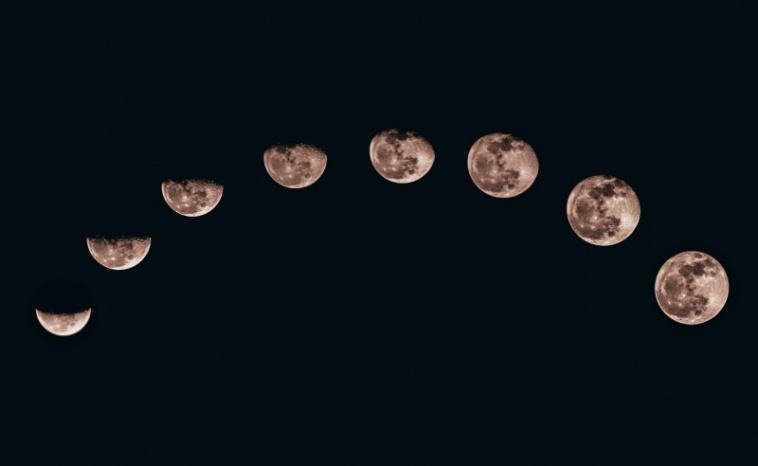
The Moon exhibits a captivating ballet in the night sky, displaying an array of phases. This celestial performance results from the Moon’s orbit around the Earth and the illuminating effect of the Sun’s rays. As the Moon makes its journey, we observe varying proportions of its lit surface, from the enchanting slender sliver of the New Moon, through the evenly illuminated First and Last Quarters, to the resplendent Full Moon. The entire cycle, known as a lunation, takes approximately 29.5 days, a timetable faithfully kept by the Moon throughout the millennia.
The Moon’s phases serve as a living calendar, reminding us of the rhythmic nature of our universe and our place within it.
The Moon’s Influence on Our Daily Lives
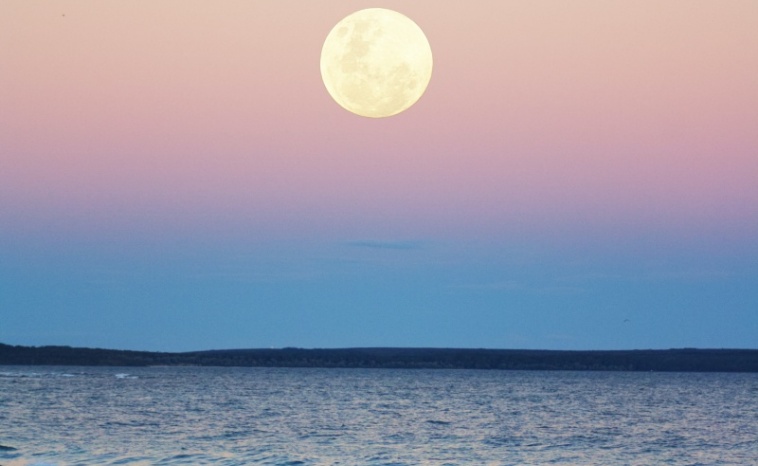
The Moon’s influence extends beyond its bright glow in our night sky. It has an intimate relationship with our planet, affecting various aspects of our daily lives. The most notable of these impacts is perhaps the phenomenon of tides. The gravitational pull exerted by the Moon draws the ocean’s water towards it, creating the ebb and flow of waves that beachgoers are familiar with.
But the Moon’s influence isn’t limited to the seas. It even impacts the length of our day. Over billions of years, the interaction between Earth and the Moon has gradually slowed down our planet’s rotation, lengthening our day from a mere few hours to the current 24. The Moon also plays a vital role in creating the conditions for life as we know it, stabilising Earth’s axial tilt and thus ensuring relatively stable climates.
Missions to the Moon
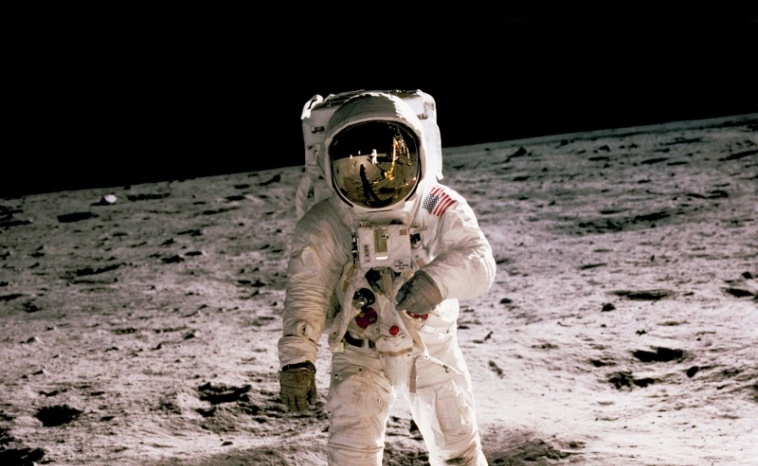
Our fascination with the Moon has led to numerous missions exploring its mysteries. These endeavours, spearheaded by various international space agencies, have brought back crucial information about our lunar companion. The Apollo missions, arguably the most famous of these, sent 12 astronauts to the lunar surface, an achievement as yet unequalled.
More recently, missions like China’s Chang’e 4 have explored uncharted territories, landing on the Moon’s far side. Moreover, the Artemis program, currently being developed by NASA, aims to return humans to the Moon by 2024, including the first woman and the next man. And while India’s Chandrayaan-2 mission didn’t make a soft landing as planned, it still orbits the Moon, providing valuable data.
These ambitious missions, combined with the tantalising prospect of lunar water, open up possibilities for long-term human presence on the Moon. The future of lunar exploration appears bright, with the promise of scientific discoveries and the potential benefits for humanity on Earth and beyond.
Is the Moon Moving Away from Earth?
Yes, the Moon is gradually moving away from Earth at an average rate of 3.8 centimetres per year. This is due to tidal friction, causing the Moon to take a bit longer each time to complete its orbit. As a result, its distance from Earth increases. This fascinating nugget of lunar science underscores the dynamic nature of our relationship with the Moon and how, even as we strive to get closer to it through our explorations, it’s ever so slightly pulling away from us in a cosmic dance that has been going on for billions of years.
Myths and Legends
Throughout history, the Moon has inspired a myriad of myths and legends that reflect human creativity and imaginative power. Many cultures have imbued the Moon with divine qualities, associating it with gods and goddesses. For instance, the ancient Greeks revered Selene as the Titan goddess of the Moon, while in Chinese mythology, the Moon is the abode of Chang’e, the goddess of immortality.
Many indigenous cultures have linked the Moon to fertility, the passage of time, and the rhythm of life. The celestial body has also sparked tales of mythical creatures like werewolves, believed to transform under its full glow. Such lunar folklore not only adds richness to the tapestry of human culture but also stirs our collective curiosity and quest for understanding the universe.
Colonising the Moon
The prospect of colonising the Moon has fascinated scientists, engineers, and space enthusiasts for decades. The permanent settlement on Earth’s only natural satellite could be a stepping-stone for deeper space exploration, perhaps even a mission to Mars. Establishing lunar colonies can also provide critical insights into living in space, including tackling challenges related to resource utilisation, habitat construction, and the psychological toll of isolation.
Harnessing the Moon’s resources, such as water ice, for life support and fuel, could revolutionise space travel. However, moon colonisation also raises numerous ethical and legal questions that we, as a global community, must address before venturing further. These include ownership rights, environmental preservation, and our responsibility to prevent harmful contamination.
As with any frontier, the Moon promises unprecedented opportunities and grave challenges, an invitation to humanity’s enduring spirit of adventure, and a stern test of our capacity for responsible stewardship. As the idea of moon colonisation transitions from science fiction to a plausible future, we stand on the cusp of a new era in human history.
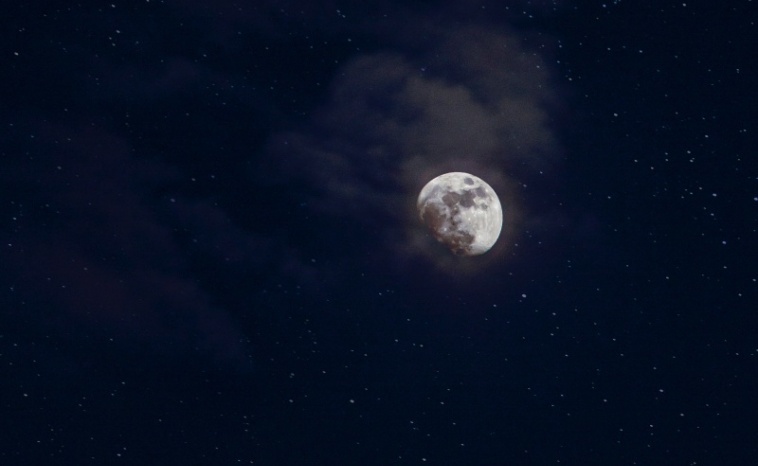
OSR Star Finder App
Just as the Moon has, for millennia, guided the lost and inspired the dreamers, the OSR Star Finder App now invites you to partake in a celestial adventure of your own! This remarkable application unravels the mysteries of the night sky, bringing constellations, planets, and far-flung galaxies into your hands. It offers a unique opportunity to foster a personal connection with the cosmos, just as our ancestors did when they weaved tales around the Moon.
So, why merely gaze at the Moon when you can navigate the stars? Expand your cosmic horizons and enrich your knowledge from the comfort and convenience of your smart device! Download the OSR Star Finder App today and join us in charting a course through the stars.

